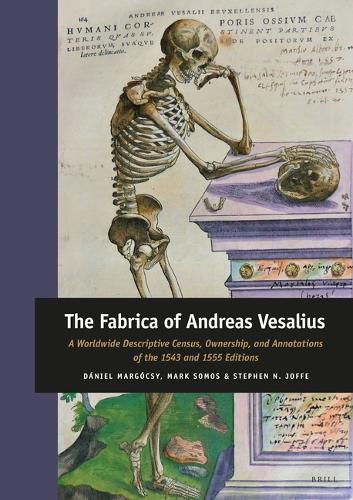Readings Newsletter
Become a Readings Member to make your shopping experience even easier.
Sign in or sign up for free!
You’re not far away from qualifying for FREE standard shipping within Australia
You’ve qualified for FREE standard shipping within Australia
The cart is loading…






Winner of the Third Neu-Whitrow Prize (2021) granted by the Commission on Bibliography and Documentation of IUHPS-DHST
Additional background information
This book provides bibliographic information, ownership records, a detailed worldwide census and a description of the handwritten annotations for all the surviving copies of the 1543 and 1555 editions of Vesalius’ De humani corporis fabrica. It also offers a groundbreaking historical analysis of how the Fabrica traveled across the globe, and how readers studied, annotated and critiqued its contents from 1543 to 2017. The Fabrica of Andreas Vesalius sheds a fresh light on the book’s vibrant reception history and documents how physicians, artists, theologians and collectors filled its pages with copious annotations. It also offers a novel interpretation of how an early anatomical textbook became one of the most coveted rare books for collectors in the 21st century.
$9.00 standard shipping within Australia
FREE standard shipping within Australia for orders over $100.00
Express & International shipping calculated at checkout
Winner of the Third Neu-Whitrow Prize (2021) granted by the Commission on Bibliography and Documentation of IUHPS-DHST
Additional background information
This book provides bibliographic information, ownership records, a detailed worldwide census and a description of the handwritten annotations for all the surviving copies of the 1543 and 1555 editions of Vesalius’ De humani corporis fabrica. It also offers a groundbreaking historical analysis of how the Fabrica traveled across the globe, and how readers studied, annotated and critiqued its contents from 1543 to 2017. The Fabrica of Andreas Vesalius sheds a fresh light on the book’s vibrant reception history and documents how physicians, artists, theologians and collectors filled its pages with copious annotations. It also offers a novel interpretation of how an early anatomical textbook became one of the most coveted rare books for collectors in the 21st century.